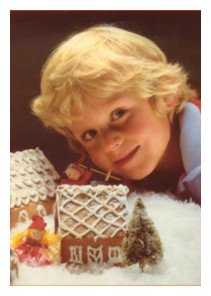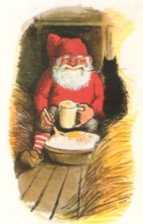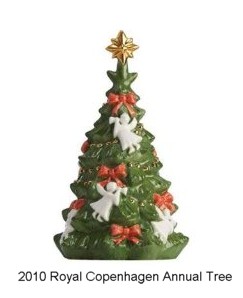|
Christmas in DenmarkChristmas in Denmark Long before Harald Bluetooth introduced Christianity to his Viking subjects, the people of the north celebrated Jul with the setting of great fires. Jul a word absorbed into English as Yule, was probably initiated into the language by Vikings who raided and eventually settled on the English coastline.
Maybe the long, cold, dark season of the north produced the fear that the fiery warmth and strength of the sun would never come around again, and winter would continue forever. Jul was celebrated by the pagan Norsemen with a great feast in honor of Odin, the lord of the skies and master of the gods. Lighted candles, torches, and bonfires were a sign of the Viking's devotion as well as a supplication that Odin would command the sun's return as soon as possible.

The celebration of the pre-Christian Jul was also a festival of the superstitions. On the longest and darkest night of the year, the souls of the dead were believed to come home again. The dark was feared and thought to be inhabited by ghosts, witches, goblins, and those giants and dwarfs who possessed evil powers and who played deceitful tricks on the unwary. Tales of old Norse and German mythology such as Wagner's Ring of the Nibelung, are filled with such creatures who wreak havoc for the sport of it. No wonder then, that light - the light of fires, torches, and candles - was a necessary ingredient of the Jul celebration.
Christianity supplanted the old religion - Odin, Frey, Thor, and all the ancient gods of Valhalla - in the 900s. Jul remained Jul, it also became Christmas. The old feast of light in honor of Odin became a feast of light in honor of Christ, the light of the world. The celebration of death became the celebration of birth. The old gods and spirits slowly disappeared - but not quite. One of the old spirits has refused to give up Jul. After the proliferation of candles, the next sure sign of the coming of Christmas in Denmark is the appearance of nisser, which is the plural of nisse. A nisse can be described but is somewhat harder to define. A nisse is always a he, and he is short, like one of the ancient dwarfs, but is usually less troublesome than those dwarfs who connived with and against the gods.
Danes know a nisse when they see one, just as Americans know their Santa. Like old Saint Nick, a nisse is very clever about getting around without actually being seen. Like Santa, a nisse expects a snack on Christmas Eve. But in spite of these token similarities, nisser and Santa Claus are not really much alike. Christmas in Denmark - in the churches Advent, the fourth Sunday before Christmas, is celebrated with special services. In Danish homes, Avent is celebrated with the arrival of the season's first decoration: A beautiful Advent wreath of evergreen boughs tghat harbors four tall, slender white or red candles. On the first Sunday in Advent, one candle is lit, and the most celebrated season of the year is launched. We could go on, but a Danish christmas is a wonderful complex thing, so we have to go on to several pages... look for them as more pages are added to this site. Below are annual Christmas items from Royal Copenhagen, 2010:
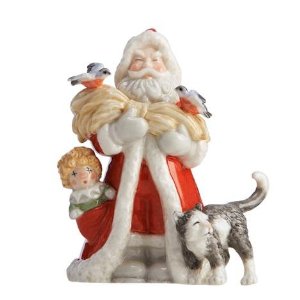
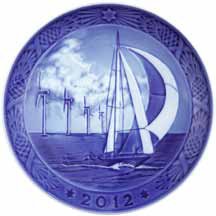
Christmas in Denmark Home page
|
